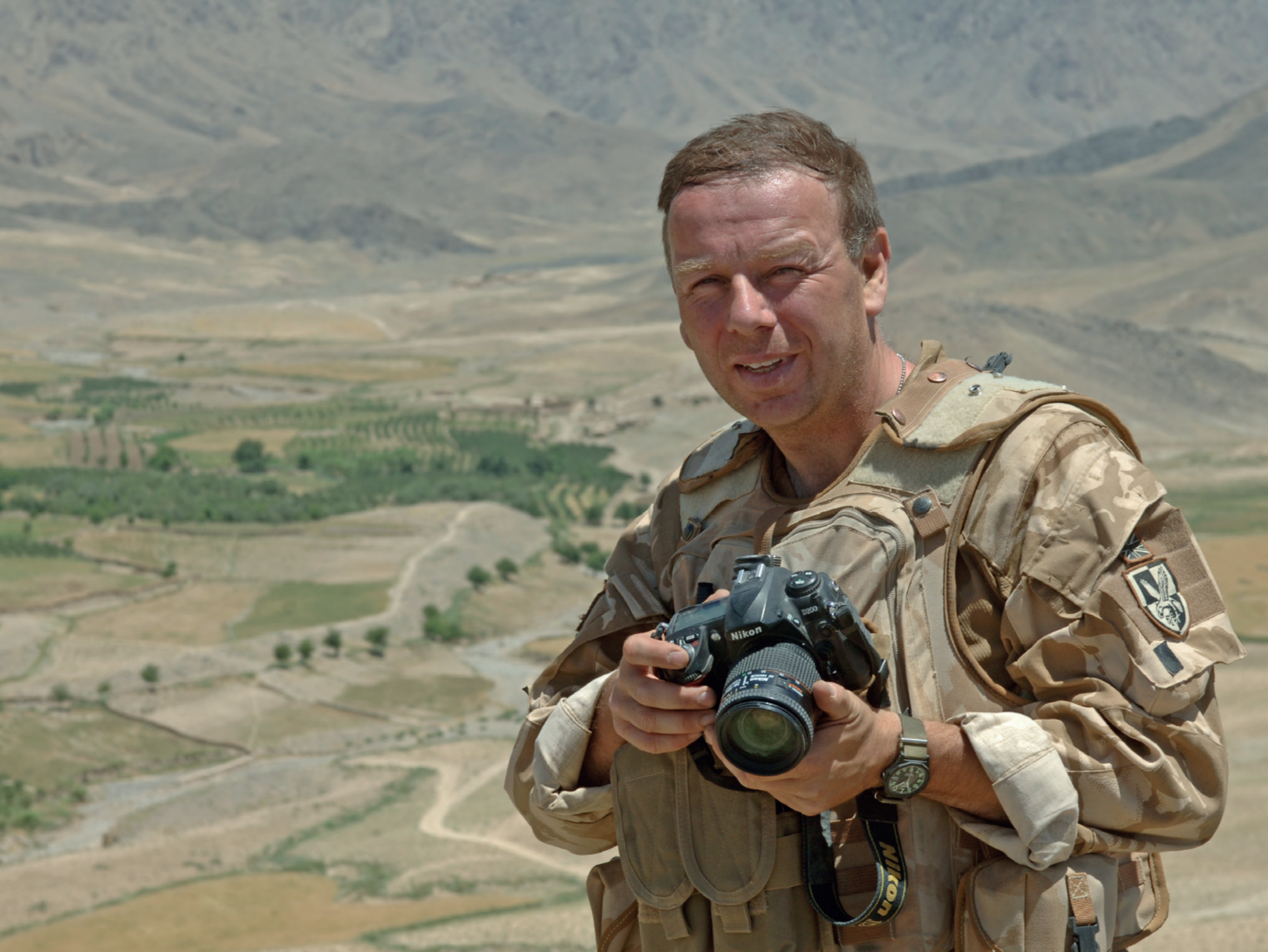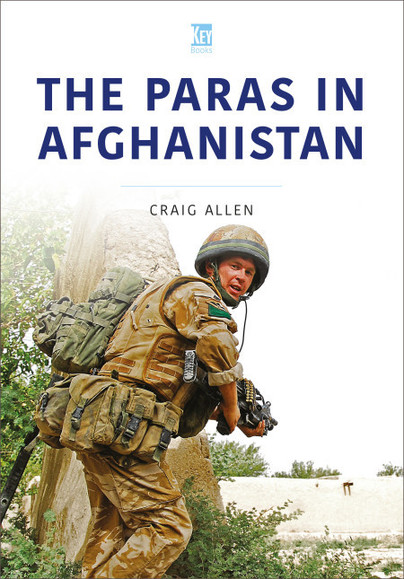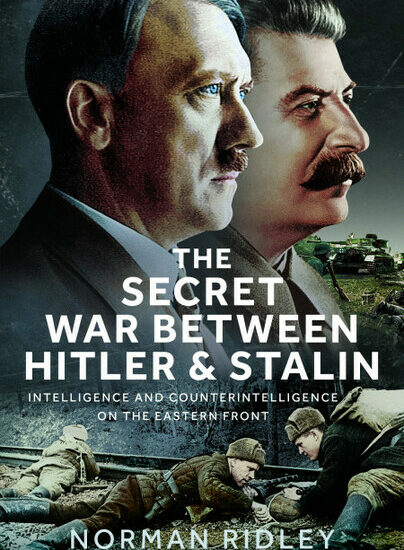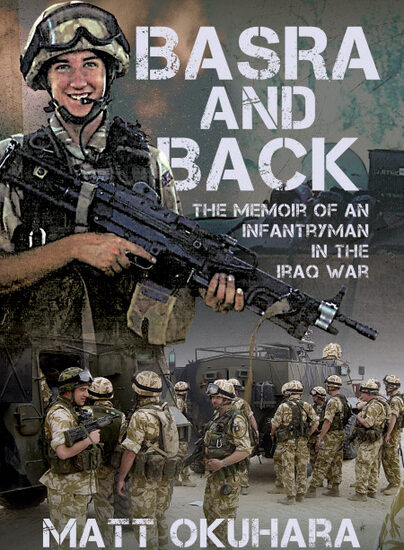Author Guest Post: Craig Allen
Forward Operating Base Gibraltar July 2008

We were up before dawn, and I managed to make a quick brew before struggling into my gear and joining the troops from B Coy as they made their way to the loading bays. Some of the 2 Para boys were there already sat with their backs to the perimeter wall, many looking impossibly young despite all the warlike gear. I guess I was about the same age when I first lugged a GPMG (General-Purpose Machine Gun) around South Armagh but that seemed a lifetime ago. They also looked tired and drawn and not just because of the early start. This was a deeper fatigue brought on through months of living like this and you could see it in their eyes. As H Hour drew closer however they were all business, last minute cigarettes were snubbed out weapons readied and friends hauled each other up bodily against the dead weight of body armour and kit.
Radios buzzed to life and the lead element made its way to the front gate ready to put the first foot on the ground. This could be a long day, so everyone carried a daysack with extra ammunition and water. These were mostly Camelback Motherloads or similar privately purchased packs with far more capacity than the issue item. Carrying sufficient water was a special problem in the fierce heat and the Camelbacks featured built in water bladders with drinking tubes. As I waited around the gate for the lead section to deploy, I noticed the guy in front carried what looked like the largest daysack in NATO. This turned out to be the CLUE site for the Javelin and I didn’t envy him his load. Others were equally weighed down with the cumbersome missiles but we would be glad of them if it came to a fight.
Meanwhile we were finally making a move and I tagged on behind the command group as we exited the gate and hung a left down the dusty track. This was one of the most dangerous points of the patrol and I had heard from a friend how they had previously been hit at just such a moment with half the lads still in the FOB (Forward Operating Base) having then to fight their way back in! Pushing down the track in the gathering light everything appeared normal enough as we shook out into staggered file each man a tactical bound behind the other. The muddy fields of the Green Zone were hard on our left and it felt very exposed although there appeared no one about until we came on a couple of isolated compounds beside the track. Here a white bearded old man stood and smiled at our approach, a couple of younger men perched on the wall beside him. All three were in traditional dress of turbans and Shalwar Kameez and the Platoon Commander stopped to chat through the Terp. As usual they were friendly enough but had little to say and we moved on some way before breaking track into the surrounding fields.

The fields themselves were thickly planted with corn now that the Poppy harvest was in, and it was slow going through the cloying mud. Progress was slow and this was not a good place to get caught in the open. We dropped into the shade of an embankment on the edge of some fresh compounds and took a break allowing the other elements to catch up. Many started to smoke, and I had started again myself keeping a tin of small cigars in handy in a pocket of my daysack. As I smoked I studied the lads around me who were either resting against the bank or propped in fire positions covering the surrounding fields. They had adapted their kit to the rigors of operating in this place, most wearing cut off t-shirts under their body armour revealing regimental tattoos, often a cap badge high on the right arm. Such affectations were important in reinforcing unit pride and I noticed even the Pl Commander sported one. Most had attached pouches directly to their Osprey and bayonets were tucked into the Molle loops on the front of the vest. Others wore webbing modified to taste and hung from quick release belts. Knee pads were a popular item and purchased privately like much of the rest of the kit. Helmets were the cumbersome MK6A’s but ‘scrimmed up’ in Airborne fashion and usually fitted with the mounting harness for night vision aids. Many wore gloves either the issue type or bought items with fingers cut off to facilitate weapons use. Speaking of weapons, the GPMG had made a welcome return in the light role and was widely carried despite the weight. The LAW or 66mm rocket had also returned and a number of the riflemen had them slung on their backs for ready use. A Sniper Team accompanied the command team and I noticed they carried the older 7.62mm L96 in preference to the .338 which made sense given the close engagement ranges. Many of the rifles were fitted with the excellent but heavy H&K 40mm Grenade Launcher and a few individuals had mounted forward handgrips to their SA80’s. This was a feature that has since become standard. With the addition of the Minimi and Javelin the firepower carried was impressive and a significant improvement on what we had back in 2003. I reckoned it should give us the edge if it came to a firefight.
I took the opportunity to get some images of the resting troops, working my way back along the bank and snapping one of the sections as they came in off the fields. Looking up through a gap in the cover I could see locals working in the field beyond taking advantage of the coolest part of the day. On the edge of the cultivation opposite an inscrutable old farmer squatted over a tin kettle, cradling a glass of chi with a half-smile on his face as I took his picture. I wondered what he had seen in these last twenty odd years of conflict and not for the first time marvelled at the perseverance of these people who treated the fighting as a form of ‘deadly weather’. They would hunker down in their compounds during firefights only to re-emerge and return to their fields when the storm of fire had passed over. In similar conditions westerners would have abandoned the place long ago but not the Afghans who continued to farm close to the FOB’s which were a magnet for the fighting.
Now the rest of the platoon were in we moved off again hooking to our left and emerging amongst abandoned compounds at the edge of an open area. We briefly went firm as the Platoon commander climbed a nearby roof to spy out the ground ahead. Dropping heavily to earth he led us around the scorner to a gap in the surrounding wall and I had just followed him around the building when a series of rapid shots cut the air close over our heads followed by a steady ripple of fire from the opposite tree line. We all darted rapidly for cover, and I quickly ducked back behind the building squatting in cover as more fire cracked in overhead. They obviously knew where we were and had us pretty effectively pinned down. A young Tom flattened himself against the opposite wall hurriedly fastening a chin strap and I grinned at him before working my way forward again keeping the cover of the ruined compound between me and the enemy. The bullets were still cracking in our own fire was now seeking out the Taliban in the trees. I crawled closer so that I could see the MFC on his radio hunkered down behind a low mud wall already calling in fire. I flattened myself against the rubble to get some shots as the firefight continued unabated around me with waves of automatic fire punctuated by the shriek and whoosh of RPG rounds coming in. Crabbing my way backwards over the rubble I retraced my steps to where the Platoon Commander was now earnestly scanning from the cover of the broken wall. I had taken just a few shots before the cry went up for ‘heads down’ as the first belt of mortars came crashing into the treeline opposite.

When the dust had cleared it was obvious that the fire had slackened which meant they were either on target or the Taliban had taken the hint. Then we were off again hooking to the left following a sunken field, doubled up to keep the bundline between us and the enemy. Emerging among yet another complex of apparently abandoned compounds I was starting to get an idea what a warren this place was. Then pausing for a few seconds in the intersection between the compound walls we were suddenly stunned by the rapid double detonation of something landing frighteningly close to our left. Luckily, we were shielded by the thick mudbrick walls but what I had at first taken for an RPG strike turned out to be our own mortars landing short. There was no time to worry about it now and ducking through an archway into a nearby courtyard I found the Sniper Team and some riflemen already taking up position at a break in the wall. They were soon getting rounds down and a 66mm LAW was hastily prepped for firing as we all stood clear of the backblast. In the event the target had disappeared, and things were suddenly quiet after the mad minutes of firing. In the pause the Company Commander came up to assess the situation while the men checked their weapons and ammo states and found better fire positions. Squinting around a gap in the wall I could see three of our lads hunkered down in a shallow depression about 50m to the front and did something that I wouldn’t have chanced later in the tour. With my rifle in one hand and the camera in the other I sprinted across the open ground to join them throwing myself heavily into cover relieved at not drawing any fire.
The occupants had a GPMG and a Minimi between them and a young Corporal was busily scanning through his weapon sight for targets as I went to work snapping images. Having got my shots and not wanting to linger in such an exposed spot, I made myself scarce retracing my steps at the double as a renewed burst of firing cracked out. The firefight was briefly renewed though not as heavily as before and another belt of mortars busting on the Taliban positions swiftly put an end to it. The tension suddenly eased as it became clear that the remaining Taliban had bugged out and commanders began to pour over their maps while the soldiers smoked and grinned at each other in the aftermath of the adrenaline high. Everyone was still on their feet which was the most important thing although there was no indication at this point as to whether we had inflicted casualties on the illusive enemy.
Craig Allen
Craig Allen served for over 40 years with the Parachute Regiment both as a regular and reservist including tours of Northern Ireland, Bosnia, Iraq and Afghanistan. He now works as a full-time writer and photojournalist and lives in Edinburgh with wife Cathy.

The Paras in Afghanistan is available to order here.

